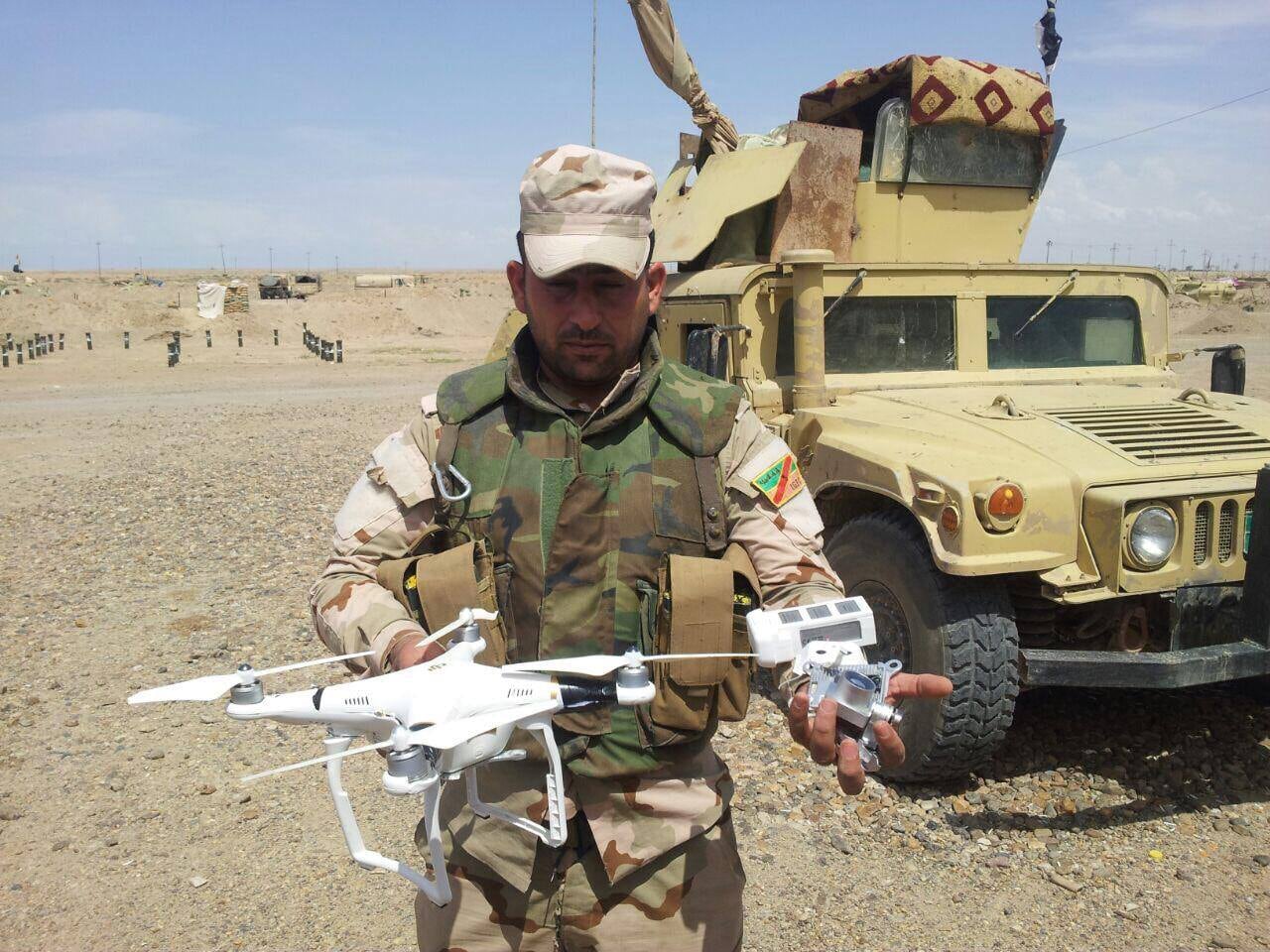The Marine Corps is looking to add assistant squad leaders to infantry units to fly unmanned aircraft, said Commandant Gen. Robert Neller.
The Marine Corps is reviewing the makeup of infantry units as part of an ongoing force structure review, Neller said Tuesday at the Center for Strategic and International Studies think tank in Washington.
"One of the things we're looking at right now is providing every infantry squad an assistant squad leader," Neller told reporters. "He would be the Marine that would fly the squad's UAVs [unmanned aerial vehicles] and help the squad leader manage the information. We're going to find out: Can the squad leader handle all of that."
Neller said he recently visited 3rd Battalion, 5th Marines, at Marine Air Ground Combat Center Twentynine Palms, California, where one squad leader was testing a tablet to message, call for fires, route patrols, talk to his higher headquarters and perform other functions.
"There was this 25-year-old guy showing me all of this stuff, which I would probably break if I touched it," Neller said. "He was just like: 'I can do this; I can do this; I can do this.' That's very cool. My job is to make sure that it works when we need it."
The Marine Corps is looking at a number of other options and models for manning, training and equipping infantry units, but Neller is not sure what the final composition of infantry units will be, he said.
"We're going to stay at 24 infantry battalions," he said. "What's inside those individual infantry battalions is going to be a little bit different — not fundamentally different. I'm not ready to say what exactly, what that's going to look like."
Neller said he does not expect that the Marine Corps will grow beyond its authorized end strength of 182,000 Marines, so the service will use the Marines it has for different missions, such as electronic warfare and cyber operations.
"It would be great if we could have the resources to have 190,000 Marines, but we're not assuming that," Neller said. "That's a decision that's not in my job jar. So we're going to operate under the assumption that we're going to have 182,000 Marines because that's what we've been resourced for. So we've got to figure out how we're going to reshape this Marine Corps."
One thing the Marine Corps cannot do is stay the same, Neller said. Marines are going to have to rediscover traditional skills, such as camouflage and other ways to avoid being detected from manned and unmanned aircraft that can see and attack U.S. forces.

Iraqi Sgt. Hussain Musa Kathum displays an ISIS drone he shot down in Anbar province.
Photo Credit: Iraqi ministry of defence
During recent war games at Twentynine Palms, Marines have faced simulated enemies that use drones, he said.
"Marines are in a built-up area and they're walking down the street and they look up in the sky and there's this small quad-copter UAV," Neller said. "They're like, 'What's that?' They've never seen that before. All those that have been deployed in the Middle East are starting to see that more and more."
In future wars, Marines will live out of their packs and sleep in fighting holes instead of forward operating bases, so the Marine Corps is looking at ways of lightening their loads, Neller said.
"I'm trying to give the individual Marine lighter body armor," he said. "The basic load is the vest, the body armor — the ammo and I'm not even talking about the pack — and you have some sort of tablet or radios and everything else they've got to carry, you're pushing 60 to 80 pounds. That's before you put your pack on."
Neller said there is no time line yet for issuing lighter body armor because the Marine Corps is still in the testing phase. Recently, the service tested a prototype for lightweight body armor that did not work, he said.
Other options being considered is giving Marines a piece of gear that can make clean water so they don't have to haul the water itself; giving Marines battery chargers so they can carry fewer batteries; and changing the brass casings of bullets to something that is consumed by the weapon to reduce the weight of each round by 25 percent, Neller said.
"Every pound counts when you're a grunt and you're humping that stuff," he said.
Neller said he hopes to unveil the results of the force structure review shortly after the first of the year but "we've got a ways to go."
